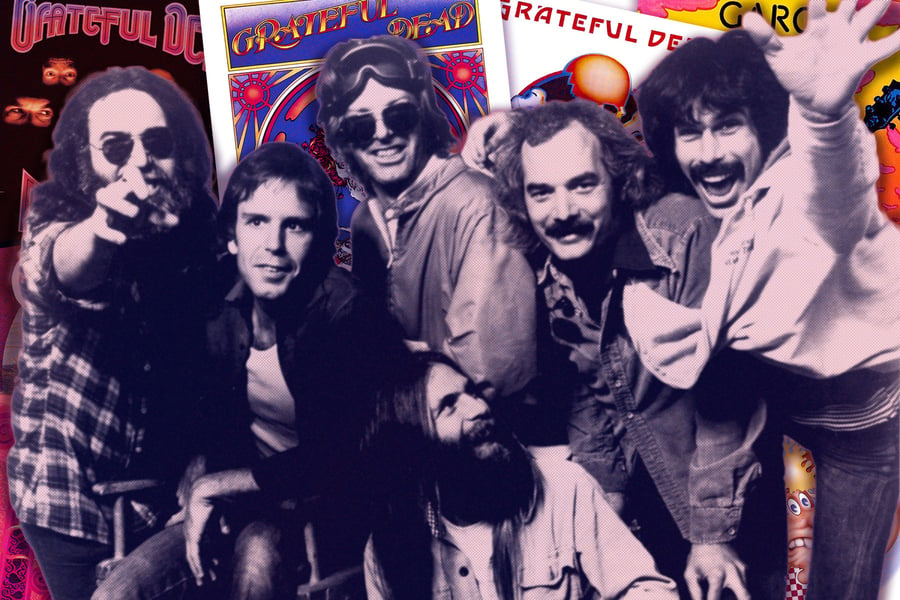Grateful Dead Albums: The Best of the Rest
From Seventies and Eighties studio gems to top-shelf live recordings from throughout their career to Jerry Garcia’s finest solo record.

Photo illustration based on a photograph by GAB Archive/Redferns/Getty Images
The Grateful Dead are America’s greatest cosmic rock and roll band, but for listeners their voluminous recorded history can be a bit daunting — especially when you start wandering the forked paths of their seemingly bottomless live catalog. Earlier this year, Rolling Stone included the Dead’s pair of 1970 country-rock classics, Workingman’s Dead and American Beauty, on our list of the 500 Greatest Albums of All Time. After you’ve scarfed down those landmark records (of if you already have), here are 10 more must-hear albums from throughout the band’s career.
Related: Grateful Dead Ultimate Album Guide
From Rolling Stone US















































